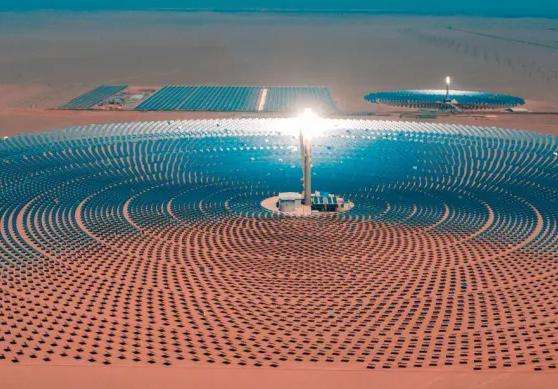The most intuitive difference is taste. Sparkling mineral water resembles champagne.
Mineral water is unpolluted underground mineral water that springs naturally from deep underground or is exposed artificially; it contains a certain amount of mineral salts, trace elements or carbon dioxide under normal circumstances, its chemical composition, its flow rate; rate, water temperature and other dynamics are relatively stable within the natural fluctuation range. Mineral water is formed by deep circulation in the formation and contains restricted minerals and indicators specified by national standards.
Mineral water is water containing dissolved minerals or several gases. The nine limit indicators specified in national standards include lithium, strontium, zinc, selenium, bromide, iodide, metasilicic acid, free carbon dioxide and total dissous. solids, one or more mineral waters must meet the requirements of the limiting index. The required levels are (unit: mg/L): lithium, strontium, zinc and iodide are all ≥0.2, selenium ≥ 0.01, bromide ≥1.0, metasilicic. acid ≥25, free carbon dioxide ≥250 and total dissolved solids ≥1000. Most mineral waters on the market are of the strontium (Sr) and metasilicate type, and there are also mineral waters containing other mineral ingredients.














